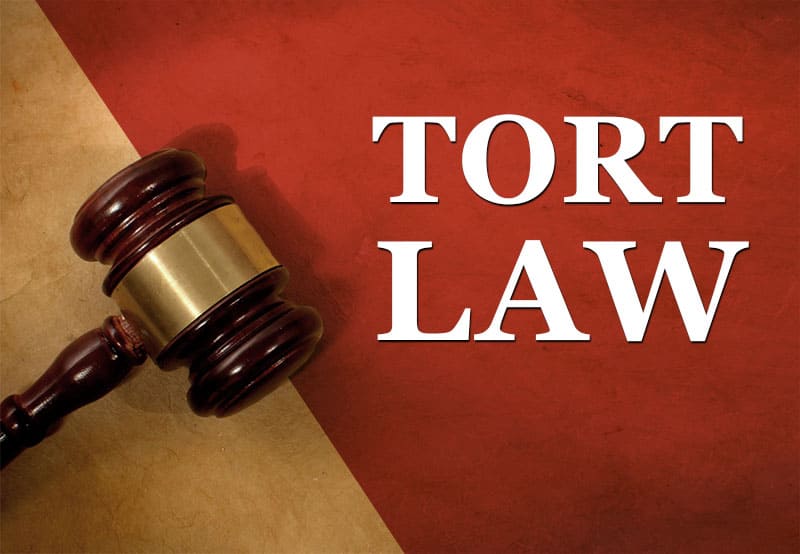Introduction
The concept of strict liability in tort law plays a crucial role in determining the liability of parties involved in accidents and other incidents causing harm. This article delves into the origins, principles, and applications of strict liability in the Indian legal system, shedding light on how this concept has evolved over time and its significance in the Indian context.
Understanding Strict Liability in Tort Law Strict liability is a legal principle that holds a party responsible for the consequences of their actions, regardless of their intent or negligence. Under strict liability, a person can be held liable for the harm caused to another, even if they took all reasonable precautions to prevent the harm. The concept of strict liability primarily focuses on the nature of the act and the resultant harm, rather than the wrongdoer’s intentions or carelessness.
Origin and Evolution of Strict Liability in India
The concept of strict liability can be traced back to the English case of Rylands v. Fletcher (1868). In this case, the defendant was held liable for the damage caused to the plaintiff’s land due to the escape of water from the defendant’s reservoir, even though the defendant was not negligent in the construction or maintenance of the reservoir. The court established the rule that a person who brings something dangerous onto their land is liable for the harm caused by its escape, regardless of their intentions or negligence.
This principle was later adopted and applied in Indian tort law, with modifications and adjustments to cater to the unique legal and social context in India. The landmark case of M.C. Mehta v. Union of India (1987), also known as the Oleum Gas Leak case, is a prime example of the evolution of strict liability in India. The Supreme Court of India, recognizing the limitations of the Rylands v. Fletcher rule, introduced the principle of “absolute liability” in this case, which imposed liability without any exceptions.
- Principles of Strict Liability in Indian Tort Law In the Indian legal system, the concept of strict liability generally adheres to the following principles:
a) Dangerous Substance: The defendant must bring or keep a dangerous substance on their property. The substance should be inherently hazardous or have the potential to cause harm if it escapes.
- Certificate Course in Labour Laws
- Certificate Course in Drafting of Pleadings
- Certificate Programme in Train The Trainer (TTT) PoSH
- Certificate course in Contract Drafting
- Certificate Course in HRM (Human Resource Management)
- Online Certificate course on RTI (English/हिंदी)
- Guide to setup Startup in India
- HR Analytics Certification Course
b) Escape: The dangerous substance must escape from the defendant’s property and cause harm. If the substance remains contained within the defendant’s property and does not affect others, strict liability may not apply.
c) Non-natural Use of Land: The defendant’s use of their land must be considered “non-natural” or extraordinary, which means the activity is not ordinarily associated with the normal use of land in the area.
d) Foreseeability of Harm: The harm caused by the escape of the dangerous substance must be foreseeable. If the harm is considered too remote or unforeseeable, strict liability may not apply.
- Applications of Strict Liability in India Strict liability has been applied in various contexts within Indian tort law. Some notable applications include:
a) Environmental Law: In cases involving environmental pollution, such as the Oleum Gas Leak case, strict liability has been used to hold industries and corporations responsible for the harm caused by their activities, even in the absence of negligence.
b) Product Liability: Manufacturers and sellers of defective products may be held strictly liable for the harm caused to consumers, regardless of their intent or negligence in producing or selling the product.
c) Animal-related Incidents: Owners of dangerous animals, such as wild or exotic pets, may be held strictly liable for the harm caused by their animals, irrespective of the precautions taken by the owner to prevent harm.
Conclusion Strict liability is an essential principle in Indian tort law, providing a robust mechanism for holding parties accountable for the harm caused by their actions or inactions, regardless of their intentions or negligence. This concept ensures that victims of accidents or incidents involving hazardous substances, defective products, and dangerous animals have an avenue for redress.
Over time, the Indian judiciary has adapted the concept of strict liability to better suit the unique legal and social context of the country. The introduction of absolute liability in the Oleum Gas Leak case reflects the judiciary’s commitment to protecting public health and safety and the environment. By holding parties strictly liable in certain situations, the legal system encourages caution and responsibility, fostering a safer and more just society.
In summary, the concept of strict liability in Indian tort law plays a pivotal role in addressing and remedying harm caused by hazardous activities, products, and animals. As the legal system continues to evolve, it is crucial that the principles and applications of strict liability are regularly reviewed and updated to ensure they remain relevant and effective in protecting the rights and interests of the Indian populace.
- Certificate Course in Labour Laws
- Certificate Course in Drafting of Pleadings
- Certificate Programme in Train The Trainer (TTT) PoSH
- Certificate course in Contract Drafting
- Certificate Course in HRM (Human Resource Management)
- Online Certificate course on RTI (English/हिंदी)
- Guide to setup Startup in India
- HR Analytics Certification Course

